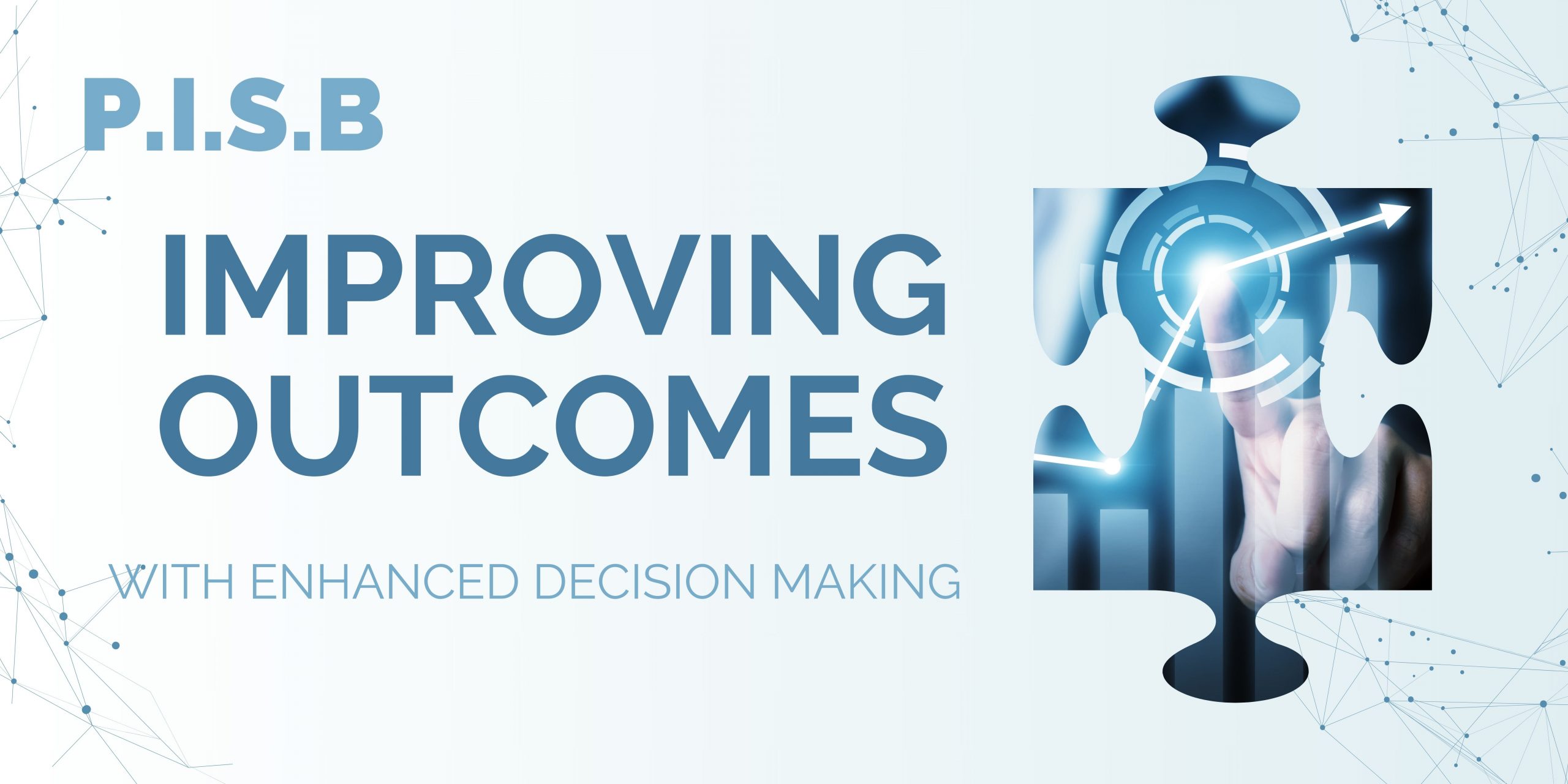Introduction
In the complex landscape of modern business, a structured method to address challenges efficiently is invaluable. The Problem/Impact Solution/Benefit (PISB) framework provides such a methodology, enhancing decision-making processes, improving outcomes, and ensuring that solutions meet both immediate and long-term needs. This guide provides a high-level introduction to the PISB framework, helping you understand and apply each component to turn obstacles into opportunities. We have found this tool to be very useful to organize our thoughts when tackling problems that need to be solved correctly.
Step 1: Define The Right Problem
We begin our process by establishing the need for a solution. What is the basic need? What is the desired outcome? What are the “Must Haves”? Recognizing and articulating the issue accurately involves gathering input from various stakeholders to view the problem from multiple perspectives. This step ensures that any solutions developed are targeted and address the true needs of the situation. The relationship between identifying a problem and its impact involves continuously refining our understanding based on stakeholder feedback and evolving data, ensuring the problem is framed correctly for effective resolution. Sometimes the original problem that we identified turns out to really just be an impact that needed to be addressed and helped us find the right problem that really needs to be solved.
Step 2: Identify Key Impacts
In this step, we work to identify defect or impact severity and determine who stands to benefit and why. This helps us to define success appropriately for all stakeholders. We assess the key risks associated with the problem and potential solutions across all stakeholders—including employees, partners, and customers—ensuring that every angle is considered in the problem-solving process. Understanding the impacts helps in prioritizing efforts and aligning the solutions with stakeholder needs, thereby preparing the ground for selecting the most effective solution.
Step 3: Select The Right Solution
Some problems have several potential solutions. It’s important to work through a process that helps narrow the selection down to a solution that delivers all the “Must Haves.” This involves evaluating multiple solutions, comparing their feasibility, alignment with essential criteria, and their potential to meet the defined success criteria. The decision-making process focuses on selecting the best solution that aligns with strategic goals and gains stakeholder consensus. The link between the selected solution and its intended benefits is crucial as it proves the effectiveness of the solution in addressing the impacts defined earlier.
Step 4: Determine Key Benefits
At this stage, we determine the desired benefits for all stakeholders and outline how each benefit will be measured. This includes assessing the direct benefits and aligning them with organizational goals and broader impacts on the industry or market. Implementing a solution is just the beginning; measuring its effectiveness through defined metrics and ongoing assessment ensures continuous improvement and refinement of the solution. This step closes the loop of the problem-solving process, proving that the impacts have been effectively mitigated by the benefits produced.
Exploring the Relationships: Problem/Impact and Solution/Benefit
Problem/Impact Relationship
The relationship between defining the problem and understanding its impact is fundamental in the PISB framework. This dynamic is about identifying not just the immediate issue but understanding the broader implications it holds for all stakeholders. By accurately defining the problem and its impacts, solutions can be tailored specifically to mitigate negative outcomes and enhance positive ones, ensuring that they are both effective and efficient.
Solution/Benefit Relationship
The relationship between the chosen solution and the resulting benefits highlights the effectiveness of the solution in practical terms. It ensures that the solution not only addresses the defined problem but also brings about improvements that can be quantified and felt by the stakeholders. This linkage is crucial for validating the success of the problem-solving process and for guiding future strategic decisions, demonstrating that the implemented solution delivers on the promises of the initial framework.
Conclusion
The PISB framework offers a structured approach to solving problems by systematically addressing the problem, its impact, potential solutions, and the benefits of those solutions. This methodology ensures comprehensive problem-solving that is aligned with business objectives and stakeholder needs. Understanding the interdependencies between these components enhances the effectiveness and sustainability of solutions.

